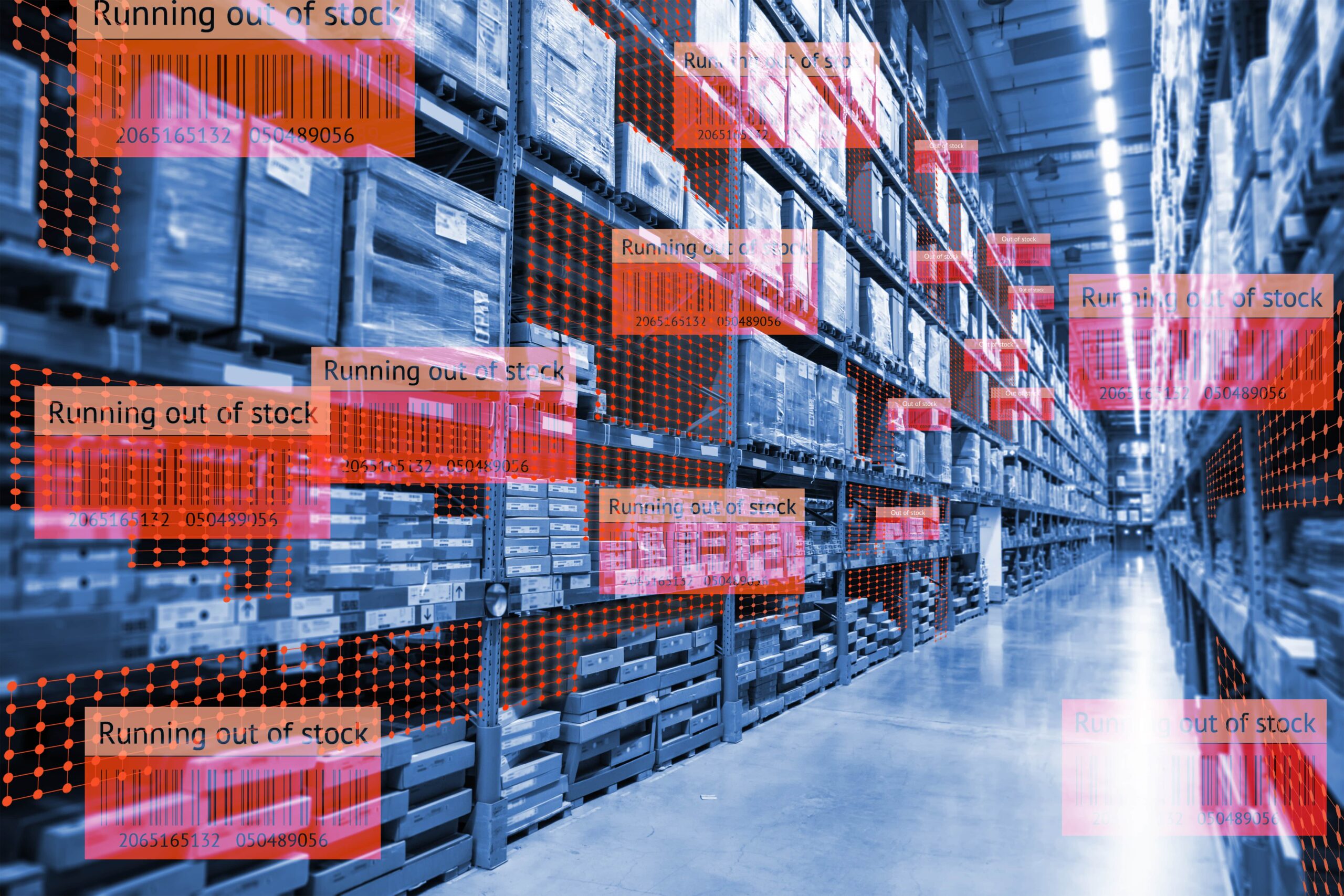Product Data Exchange between Diverse Schemas

What is “Diverse Schema” and Why Should I Care?
Most suppliers work with multiple original equipment manufacturers (OEM). Often, each OEM customizes their Teamcenter data model according to their needs. This means each OEM has a different data model; which contributes to the diversity referred to as “diverse schema.” Therefore, suppliers who exchange product data with these OEMs need to ensure that they can seamlessly work with multiple OEMs without maintaining different Teamcenter sites, each mimicking an OEM’s data model. Maintaining multiple sites adds significantly to cost and overheads. Before Teamcenter 12.1, product data exchange using multisite or briefcase did not support different data models. Customers could only exchange between data models that had the least common denominator. It is now possible to exchange design data or product data between sites with a completely different data model.
Advanced Multischema Exchanger
Advanced Multischema Exchanger is a new tool that allows integrators to map the source and target data models to enable data exchange between different models. This tool consists of two parts. One, a desktop tool, which allows you to create the mapping. Two, an engine that transforms the data during import or export as desired. Shown below is a video of the desktop tool.
The desktop tool needs the data model definition to enable the mapping. Often, OEMs may not share their data model with their supplier. Therefore, to facilitate the data exchange in these situations, we have enabled the tool to infer the source data model from the incoming or shared Briefcases. This allows the suppliers to convert the incoming data from the OEM to their format to consume the data.
The tool also allows the integrators to quickly deploy and validate the mapping, reducing the chances of errors occurring during actual operations.
Benefits of Diverse Schema Support and Product Data Exchange
Earlier product data exchange using multi-site or briefcase was supported between Teamcenter instances that were two major versions apart, but only data pertaining to the common model could be exchanged. This posed limitations, especially for suppliers who dealt with multiple OEMs. Additional cost overhead is incurred due to these limitations. The diverse schema support eliminates those limitations and seamlessly allows our customers to collaborate with multiple entities using a single Teamcenter instance.
Additionally, this opens up avenues for product data exchange between partners, who may have different data models that were not feasible earlier. Our customers can use this to collaborate with their partners efficiently, thereby optimizing their product design and manufacturing. Not only is this applicable between different partners, but this can also be used for collaboration between different units within an enterprise.
Our customers can restrict and modify data, post-export or pre-import, to control their export or import data. This is particularly important where there are legal or strategic reasons to hide the underlying data model.
The same capability can also be extended to convert native format to standard data exchange formats like STEP. Standard formats provide an additional advantage as one format can be used to collaborate with many different entities.
An Easy and Cost-Effective Approach to Product Data Exchange
In summary, the diverse schema support enables our customers to exchange design or product data with a wide gamut of suppliers and partners and within their own enterprise easily and cost-effectively. We believe this capability will help our customers focus on their core competencies by collaborating with their partners and suppliers for other functions without incurring additional cost overhead. This also opens up possibilities of product data exchange using standard formats, which further expands the scope of collaboration.
To learn more check out:


